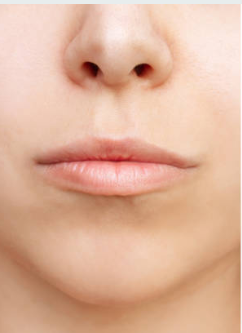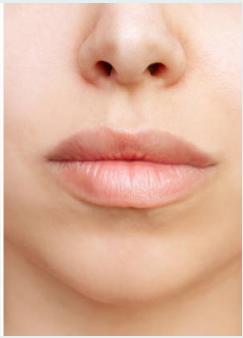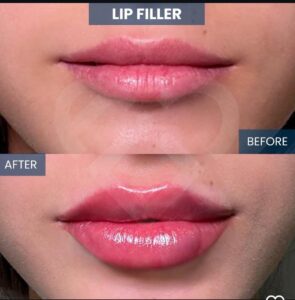Lip fillers are injectable treatments used to add volume, plumpness, and shape to the lips. Most modern fillers are made from hyaluronic acid (HA), a gel-like substance that occurs naturally in the body. They are a popular non-surgical way to enhance lip appearance and can also be used to correct asymmetry, define the lip border, or reduce fine lines around the mouth.
The Procedure
- Consultation: Before the procedure, a qualified medical professional (such as a dermatologist or plastic surgeon) will discuss your goals and assess your lip shape and facial structure.
- Anesthesia: A topical numbing cream or local anesthetic is applied to the lips to minimize any discomfort during the injections.
- Injection: Using a very fine needle, the filler is carefully injected into specific areas of the lips. The procedure itself typically takes between 15 and 30 minutes.
- Massage and aftercare: After the injections, the practitioner may gently massage the lips to ensure the filler is evenly distributed and the shape is smooth. Ice can also be applied to reduce swelling.
Types of Lip Fillers
The most common and safest type of lip filler is hyaluronic acid (HA). Popular brands include:
- Juvéderm: A widely used HA filler with different formulations, such as Ultra XC for more volume and Volbella XC for a softer, more subtle effect.
- Restylane: Another common HA filler with options like Restylane Silk for smooth, subtle results and Restylane Kysse for flexible, natural-feeling lips.
Less common or permanent options include:
- Fat grafting: A more invasive procedure that involves transferring fat cells from another part of your body to your lips. It offers more permanent results but also has a longer recovery time.
- Permanent fillers: These are less favored in modern cosmetic practices due to higher risks of complications like lumps or migration that are difficult to reverse.
Expected Results and Longevity
- Immediate results: You will see an immediate change in your lip volume, though swelling may make them appear more plump at first.
- Final look: The final results will be visible once the swelling subsides, which can take up to a week. The full, desired look is typically apparent after about four weeks.
- Duration: HA fillers are not permanent. The results typically last between 6 and 18 months, depending on the individual and the type of filler used. Repeat treatments are necessary to maintain the effect.
- Reversible: A key advantage of HA fillers is that they can be dissolved with an enzyme called hyaluronidase if a patient is unhappy with the results.
How it Works
Consultation & Assessment
A qualified practitioner reviews your skin, medical history, and desired goals to determine the right type of filler.
Preparation & Cleansing
The treatment area is cleaned, and a numbing cream may be applied to minimize discomfort.
Precise Injection
The filler gel is carefully injected into targeted areas such as cheeks, lips, or under the eyes to restore volume and smooth lines.
Immediate Results & Aftercare
Results are visible right after the procedure, with minimal downtime. Mild swelling or bruising may occur but usually subsides quickly.



